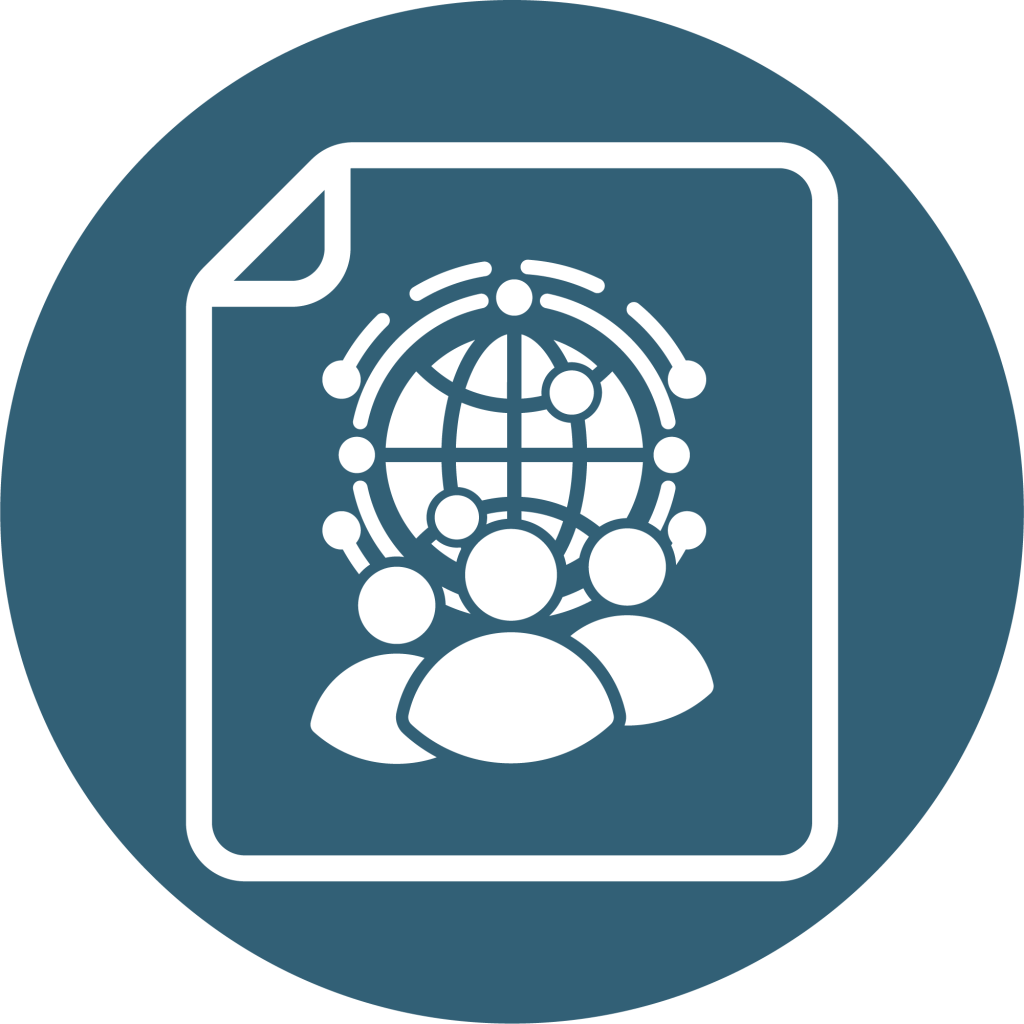Promoting Transparency and Accountability
The NC Memorandum of Agreement (MOA) reflects a strong, shared commitment to transparency and accountability regarding the use and impact of opioid settlement funds. Below is a brief overview of the types of reporting required under the MOA.
- Local Spending Authorization Report
- Option B Report and Recommendations
- Annual Financial Report
- Annual Impact Report
- Annual Status Survey
Local Spending Authorization Report
The Local Spending Authorization Report lets everyone know how a local government plans to make use of opioid settlement funds before they are spent. This report must be completed within 90 days of the passage of a budget or resolution/ordinance authorizing the expenditures of opioid settlement funds. The report details what strategies a local government plans to fund, in what amount, and for how long.

Online Portal
Resource Links
- Local Spending Authorization Report Overview (PDF)
- Sample Language for Counties Authorizing Opioid Settlement Funds (NCACC Resource)
- Preview the Local Spending Authorization Report Portal (PDF)
Option B Report and Recommendations
The Option B Report and Recommendations is required only for the local governments that elect to pursue Option B. Under Option B, a local government that engages in a collaborative strategic planning process (Exhibit C) resulting in a Report and Recommendations to the local governing body may then fund a strategy from the Exhibit A list or a longer list of strategies (Exhibit B) included in the national settlements. The Report and Recommendations must be uploaded within 90 days of the day they are submitted to the local governing body for consideration.

Online Portal
Resource Links
- Option B Report and Recommendations Overview (PDF)
- Exhibit C Collaborative Strategic Planning Worksheets for Counties Planning to Complete an Option B Report and Recommendations (NCACC Resource)
- Preview the Option B Report and Recommendations Portal (PDF)
Annual Financial Report
In the Annual Financial Report, a local government reports on opioid settlement funds received, held, or spent on authorized strategies during a given fiscal year. The report is due 90 days after the end of the fiscal year.
FR-1: Refers to Local Governments receiving less than 0.2% of the Local Government Allocation, as stated in MOA Exhibit G. This includes the following
Counties: Alleghany, Anson, Bertie, Camden, Caswell, Chowan, Currituck, Gates, Graham, Greene, Hyde, Jones, Northampton, Pamlico, Perquimans, Tyrrell, Warren, and Washington
Municipalities: Canton, Greenville, Henderson, Hickory, Jacksonville, and Wilmington
FR-2: Refers to Local Governments receiving 0.2% or more of the Local Government Allocation, as stated in MOA Exhibit G. This includes any counties or municipalities not listed above.

Online Portals
Resource Links
- Annual Financial Report Overview (PDF)
- Guidance for Working with Sub-Recipients on Annual Reporting (PDF)
- CORE-NC Document Library – View Previously Submitted Financial Reports
- Sub-Recipient Excel Template for FY 24-25 (Spreadsheet)
- FR-1: Preview the Annual Financial Report for FY 24-25 (PDF)
- FR-2: Preview the Annual Financial Report for FY 24-25 (PDF)
Annual Impact Report
In the Annual Impact Report, a local government reports on the impact of the programs and strategies it funded with opioid settlement funds during the preceding fiscal year. The report is due within 90 days of the end of the fiscal year and includes brief progress reports and process, quality, and outcome measures.
IR-1: Refers to Local Governments receiving less than 0.4% of the Local Government Allocation, as stated in MOA Exhibit G. This includes the following
Counties: Alleghany, Anson, Ashe, Avery, Bertie, Camden, Caswell, Chowan, Clay, Currituck, Duplin, Gates, Graham, Greene, Hertford, Hoke, Hyde, Jones, Madison, Martin, Mitchell, Montgomery, Northampton, Pamlico, Pasquotank, Perquimans, Polk, Swain, Tyrrell, Warren, Washington, and Yancey
Municipalities: Asheville, Canton, Concord, Durham, Fayetteville, Greenville, Henderson, Hickory, High Point, Jacksonville, and Wilmington
IR-2: Refers to Local Governments receiving 0.4% or more of the Local Government Allocation, as stated in MOA Exhibit G. This includes any counties or municipalities not listed above.

Online Portals
Resource Links
- Annual Impact Report Overview (PDF)
- Guide to the Measures Workbook for the Annual Impact Report for FY 24-25 (PDF)
- Example Measures for Strategies in Early Stages of Implementation (PDF)
- Additional Option for Reporting Demographic Information for Harm Reduction Strategies (PDF)
- Guidance for the Brief General Narratives, Progress Reports, and Success Stories (PDF)
- Stages of Implementation Definitions and Examples (PDF)
- NC Opioid Settlements Measures Models (PDF)
- Guidance for Working with Sub-Recipients on Annual Reporting (PDF)
- Impact Report Measures Workbook for FY 24-25 (Spreadsheet)
- IR-1: Preview the Annual Impact Report for FY 24-25 (PDF)
- IR-2: Preview the Annual Impact Report for FY 24-25 (PDF)
Annual Status Survey
The Annual Status Survey is a short check-in survey administered at least once every year. The purpose of this report is to confirm wire transfers and update local government points of contact to enable efficient and effective communications.

Online Portal
